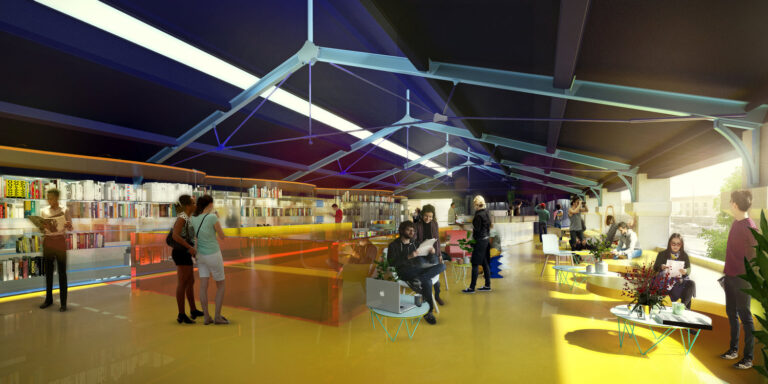
Selgas Cano
José Selgas
Graduated Architect from ETSA Madrid 1992
Worked with Francesco Venecia on Naples in 1994-95
Rome Prize on the Spain Academy of Fine Arts in Rome 1997-98
Lucía Cano
Graduated Architect from ETSA Madrid 1992
Worked with Julio Cano Lasso until 1996
Member of Cano Lasso Studio since 1997 until 2003
Selgas Cano is a Spanish architectural office based in Madrid and founded in 1998 by José Selgas and Lucía Cano. The atelier focuses on the use of polychromy, creative exploration of new materials and the relationship between architecture and its surrounding landscape.
Their work includes three Auditoriums and congress centers in Spain (Auditorio de Badajoz, Auditorio El Batel Cartagena and Auditorio de Plasencia), several office buildings such as Second Home London, Second Home Lisboa and Second Home Los Angeles, a school in Kibera Nairobi, a vaccination center in Turkana Kenya, and several public pavilions including the 15th annual Serpentine Pavilion 2015 in London, which was re-installed at La Brea Tar Pits in Los Angeles in 2019. Selgascano´s office in the woods in Madrid is the most visited project.
Selgascano’s work has been exhibited in MoMA New York, Bruges Trienal, Guggenheim New York, GA gallery in Tokyo, the MOT(Contemporary Art Museum of Tokyo, the Design Museum of London, the Akademie der Künste in Berlin, the Tin Sheds Gallery in Sydney, the MIT in Boston, the architecture Venice Biennale in Venice and the Louisiana Museum in Copenhagen.
Awarded with the Kunstpreis by the Akademie der Künste in Berlin in 2013, as well as the Architects of the Year prize by the German Design Council in Munich.


